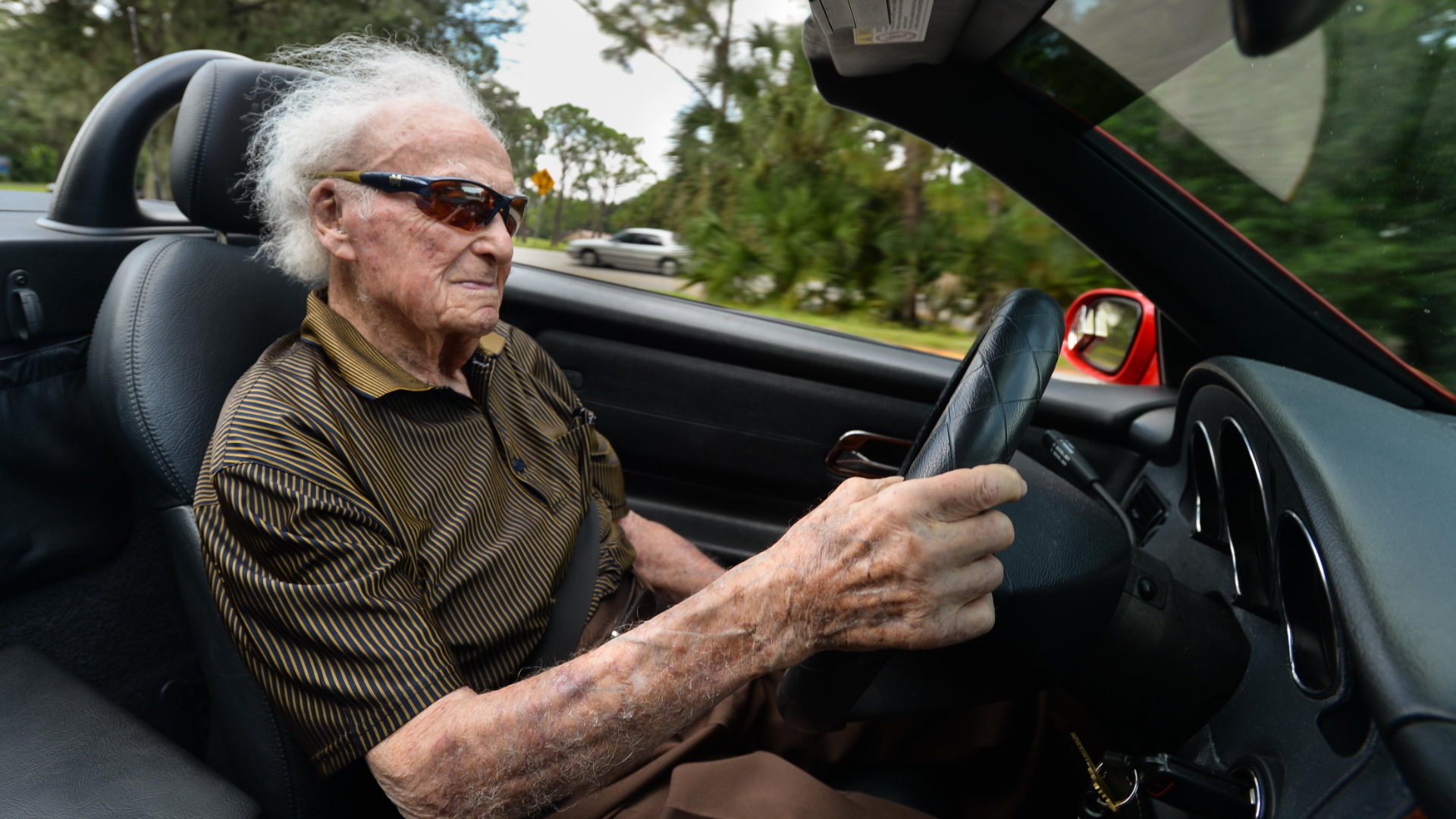A recent study by the US-based Insurance Institute for Highway Safety (IIHS) reveals older drivers, who are less likely to survive severe crashes than other age groups, tend to drive outdated vehicles lacking crucial safety features.
According to the IIHS, Americans in their 70s and 80s are driving more miles and crashing less often than in past decades, but age-related fragility still makes them less likely to survive crashes than other demographics.
A previous IIHS study found drivers aged 75 and older are about four times as likely to die as middle-aged drivers when they’re involved in a side-impact crash and about three times as likely to die in a frontal crash.
Two new studies show that drivers aged 70 and over tend to drive older, smaller vehicles that are not equipped with important safety features. The first study compared vehicles driven by 1.5 million crash-involved Florida drivers aged 35 to 54 and 70 and older from 2014 to 2018. The second study surveyed 900 drivers in those age groups from various states about the factors that influenced their most recent vehicle purchase.
“Persuading older drivers to take another look at the vehicles they’re driving could reduce crash fatalities substantially,” said Jessica Cicchino, IIHS Vice President of Research and a co-author of both studies. “One big challenge is that, for those on a fixed income, cost often overrides other concerns.”
The study of Florida crashes found that drivers in their 70s and older were significantly more likely to be driving vehicles at least 16 years old than drivers aged 35 to 54. The older drivers were also substantially less likely to be driving vehicles less than three years old.
Additionally, as driver age increased, vehicles were less likely to be equipped with electronic stability control (ESC) and head-protecting side airbags as standard features. Vehicles without ESC were associated with 37 per cent higher odds of driver fatality for drivers aged 70 and over, while vehicles without standard head-protecting side airbags doubled the chances of an older driver fatality.
Sedans and hatchbacks were also more common among older drivers, with the proportion of people driving midsize passenger cars increasing and the number driving SUVs declining with age. Along with vehicle design and safety features, the IIHS said vehicle size and weight are important factors in crash survival, since the occupants of smaller vehicles are exposed to greater forces in collisions with larger vehicles.
Drivers aged 75 and older were also significantly less likely to drive vehicles with good ratings in the IIHS moderate overlap front and original side crash tests than drivers aged 35 to 54.
“All these vehicle characteristics have big impacts on crash survival rates, and older drivers are more often driving the least-safe vehicles by every parameter,” Cicchino said. “This only gets worse as their age increases, since many older adults stick with a single ‘retirement vehicle’ for the remainder of their driving years.”
By comparing the average fatality risk for the vehicles driven by drivers aged 70 and older and drivers aged 35 to 54, researchers determined crash fatalities could be reduced by three per cent for drivers 70 and older and five per cent for drivers 80 and older if they drove vehicles with the same safety profile as their middle-aged counterparts. Based on the crash data for 2019, that translates to about 90 lives saved a year.
According to the IIHS, one reason older drivers have less-safe vehicles is that they don’t understand the value of advanced safety features or good safety ratings.
When choosing their current vehicle, drivers aged 70 and older were less likely than middle-aged drivers to have required ESC, blind spot monitoring, side or curtain airbags, and forward collision warning or automatic emergency braking (AEB). Only about a quarter of older drivers said they required AEB, compared with 40 per cent of middle-aged drivers.
Similarly, about 10 per cent of older drivers said safety ratings are not at all important, compared with four per cent of middle-aged drivers. Fewer older-than-middle-aged drivers ranked safety ratings as extremely important in their purchase decision.
In all age groups, most drivers agreed that a 10-year-old, well-maintained car with low mileage is just as safe as a new one – though drivers aged 70 and older were substantially more likely to report owning a vehicle of that vintage. Older drivers who owned the newest vehicles were most likely to disagree with that statement, as well as reporting more than US$75,000 in annual household income.
“The older drivers who participated in the survey didn’t appear to understand the value of today’s vehicle safety features,” Cicchino said. “At the same time, they perceived less need to replace their older vehicles because they don’t drive many miles per year and think of low mileage as synonymous with overall vehicle safety.”
IIHS said that’s especially problematic because statistics show that crash risk per mile is higher for drivers who drive less, particularly those who travel fewer than 3000 miles (4800 km) a year, than for those who log more miles. According to the IIHS, driving on local roads is riskier than highway driving, so the tendency of older drivers to restrict their highway travel and stay within their local areas means they accumulate most of their mileage in riskier conditions.
